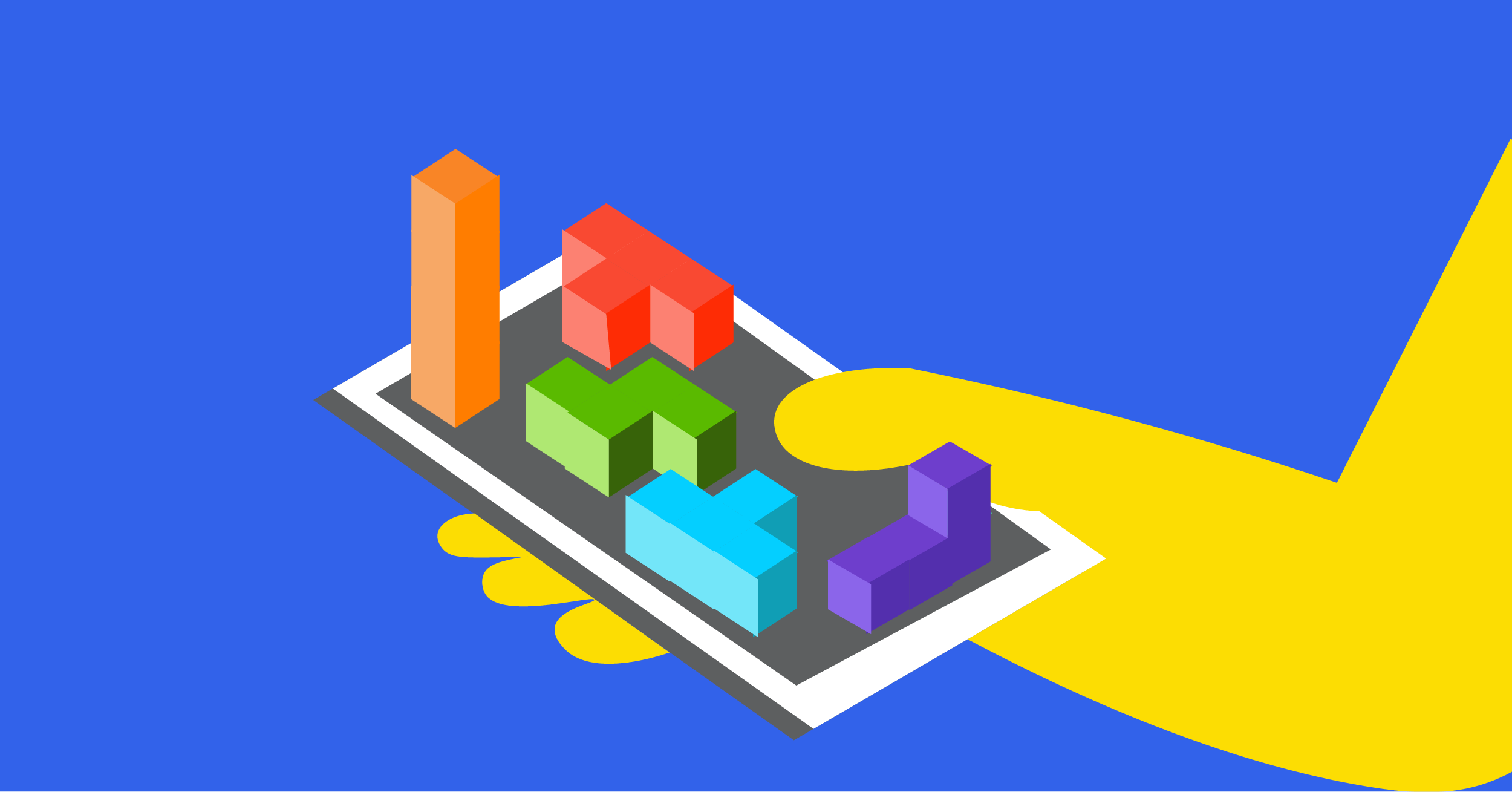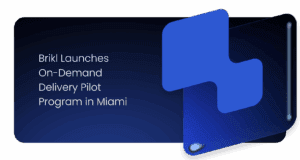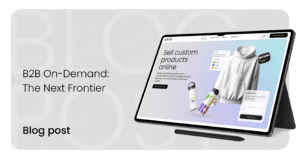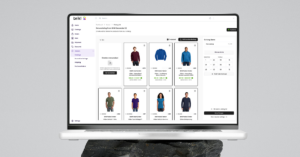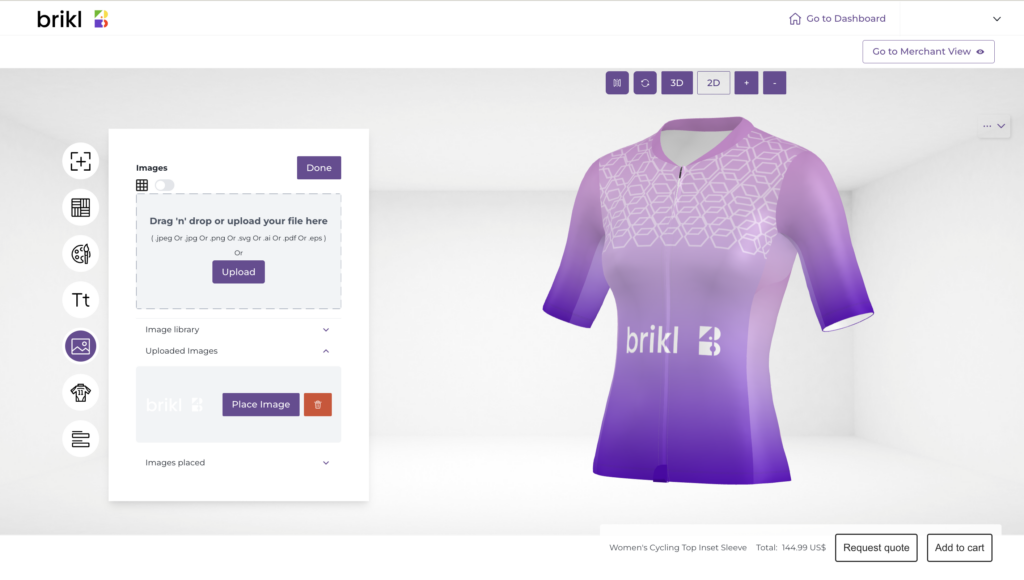
1. It Increases Engagement With Your Customer
Customization technology has increased in sophistication over the years and the customization possibilities for your users have become more exciting. With the increased set of product customization options, customers are spending more time on your website. They are entertained with selecting features down to the smallest details. They can be creative and play around with the different configuration options.
Because customers feel more engaged it can also improve your conversion rates. Product customizers allow customers to see exactly what they want, giving them a sense of ownership. They are more likely to buy if they can design or customize the product themselves. Once the customer has completed the customization, they can either make an online purchase or request a price quote.
With the increased sophistication in customization software over the last few years, these benefits are now also available for the sportswear and team wear industries. Today’s product configurators democratize the advancements that you’ve seen and that were available only so far for high-end items like jewellery or cars. Product configurators have become a powerful tool. They are no longer hard to use or risk disappointing the customer.
Bodywear Lab (UK) is an example of a new customization platform for complex products such as Swimwear and ActiveWear. They offer an extensive color and print library for their 3D Configurator. Prints can be customized by moving them horizontally and vertically. Custom products include swimsuits, bikini tops and bikini bottoms.
2. Research Says Customers Pay More
Deloitte research shows that “the majority of consumers (…) would be willing to pay more for a customized product“. How much? Well, according to the same data, “They are willing to pay a 20% premium“.
According to data from a 2011 study by the NPD Group, customers are happy to even pay a 25% premium for goods built specifically to their needs.
3. Customers Expect a 3D Configurator
With all things digital, customers have higher expectations. They want to be co-designers and be able to interact directly with the product.
A traditional product configurator, that only allows you to change the color of a fabric, simply does not provide a good enough experience. Configurators nowadays must allow you to customize colors and prints, and add text and images. A customer wants to have a large set of options that they can explore. This means customers must have much more design freedom.
Customers also want to know what the product will look like before committing to a purchase. Not only on desktops, but also on mobile devices. It should be easy for consumers to quickly create their new team uniform and interact with it. As a result a 3D configurator will increase the quality of your leads, increase the conversion rate, reduce the sales cycle and ultimately increase your sales.
The 3D configurator from Customkit is a great example that allows customers to create configurable products from basketball to football, handball, floorball, volleyball and motor cross. Starting with a design template, a customer can change the colors, and add their name and number in placement holders.
4. Your In-House Design Team Will Love It
A product configurator should do more than just allowing the customer to customize their own unique products. Sometimes, companies will need to create the designs on behalf of their customers and share with them. This is certainly the case for more complex designs and larger teams. The customer will expect the team wear or sportswear company to create the designs for them.
A versatile configurator solution should therefore also allow you to take a 2D and do the real time rendering into a 3D. This kind of tool is what’s commonly referred to as a 3D product viewer app. Next, by sharing a web based link the customer can interact with the 3D model in the browser of their choice. In short, it is the design tool that you need to create the excitement to close a deal with a customer.
Your in-house product designer will LOVE it as it will save thousands of hours. They will be able to drag and drop a 2D flat sketch into the app to be seen real time in a 3D model. They won’t have to change their working methods and will be able to continue to use their current 2D design software, whether it is Adobe Illustrator or CorelDraw.
Vermarc Sport, a leading cycling team wear company in Belgium, is a great example of an in-house design team that uses the 3D viewer app to render 3D models from 2D patterns in just minutes. 3D models are shared instantly with others and posted on their website. Not only are their product designers saving a tremendous amount of time, they are saving costs as well by not having to do a photoshoot. The 3D renderings are photo realistic and allow them to put up a new collection or team store online almost instantly.
5. Your Sales Team Will Love It
ON-SITE Configure, Price, Quote solution (CPQ)
A product configurator should do more than just allowing the customer to customize their own unique products. Sometimes, companies will need to create the designs on behalf of their customers and share with them. This is certainly the case for more complex designs and larger teams. The customer will expect the team wear or sportswear company to create the designs for them.
A versatile configurator solution should therefore also allow you to take a 2D and do the real time rendering into a 3D. This kind of tool is what’s commonly referred to as a 3D product viewer app. Next, by sharing a web based link the customer can interact with the 3D model in the browser of their choice. In short, it is the design tool that you need to create the excitement to close a deal with a customer.
Your in-house product designer will LOVE it as it will save thousands of hours. They will be able to drag and drop a 2D flat sketch into the app to be seen real time in a 3D model. They won’t have to change their working methods and will be able to continue to use their current 2D design software, whether it is Adobe Illustrator or CorelDraw.
Vermarc Sport, a leading cycling team wear company in Belgium, is a great example of an in-house design team that uses the 3D viewer app to render 3D models from 2D patterns in just minutes. 3D models are shared instantly with others and posted on their website. Not only are their product designers saving a tremendous amount of time, they are saving costs as well by not having to do a photoshoot. The 3D renderings are photo realistic and allow them to put up a new collection or team store online almost instantly.
ONLINE Configure, Price, Quote solution (CPQ)
What happens when the salesperson cannot visit the client because of travel restrictions or simply because the cost is too high. An online product configurator enables the customer to easily mix and match product options, upload images, add custom text and allow them to see in real time what the actual product will look like. The customer can hit a “Request for Quote” button and contact the sales person. The sales person now has al the information that is needed to follow-up on the lead and to close the sale.
Shorter Learning Curve for New Sales
What happens when the salesperson cannot visit the client because of travel restrictions or simply because the cost is too high. An online product configurator enables the customer to easily mix and match product options, upload images, add custom text and allow them to see in real time what the actual product will look like. The customer can hit a “Request for Quote” button and contact the sales person. The sales person now has al the information that is needed to follow-up on the lead and to close the sale.
More Time, More Sales
As a result of all these online easy-to-use customization experiences, more opportunities are created for the sales team to sell more.
6. You Can Connect Demand Directly to Production
Allowing customizations and driving sales is only one step of the way. It is important not to neglect the pattern development and manufacturing process. Else, no matter how good you are at growing sales by using product customization software, you won’t be able to scale your business. If your designers and the staff at the factory have to convert every design into a print-and-production ready file, it will not be possible to scale. You will get bogged down into the details that are needed to start up production.
That’s why advanced configurator software should also allow you to automate the design-to-manufacturing process. Or, as some people refer to it: the web to print process. Here’s what you need to expect from good configurator tool to support the manufacturing:
From 3D to 2D
3D designs can automatically be converted to 2D production-ready files. Production files need to be in the correct format and are linked to the right data so they are readable by printing, cutting and other production equipment.
Auto-Sizing and Marker Layouts
With auto-sizing, a base size design can be extrapolated to any number of sizes. Marker layout optimization on the other hand allows the re-configuration of the pattern layout so that fabric or material consumption is minimized.
Xceed, a leading triathlon team wear company in the US, has invested in next-generation technology from Brikl. As well as enhancing the user experience, they have achieved a 60% reduction in production time and virtually eliminated errors that typically would occur when processing bespoke orders.
7. Yes, You Can Still Be First to Market!
According to data from Brikl, 90% of companies that sell customizable products, do not make use of a visual product configurator. BRIKL wants to empower every company to start selling custom products immediately. Their vision is to democratize advanced configurator software.
In the ever expanding eCommerce world, offering unique and affordable products is essential to compete with international consumer brands like Nike or Adidas and large eCommerce retailers like Amazon or Alibaba.
Convinced?
Many brands are starting to realize the importance of having an advanced product configurator. A configurator tool that:
- Is based on an excellent understanding of the custom product
- Understands the end-user and how they navigate through the customization journey
- Provides a breadth of customization options to keep the customer engaged; one that provides a rich visual experience
- Is technologically advanced
- Makes it easy and fast for customers to create unique designs and purchase them.
